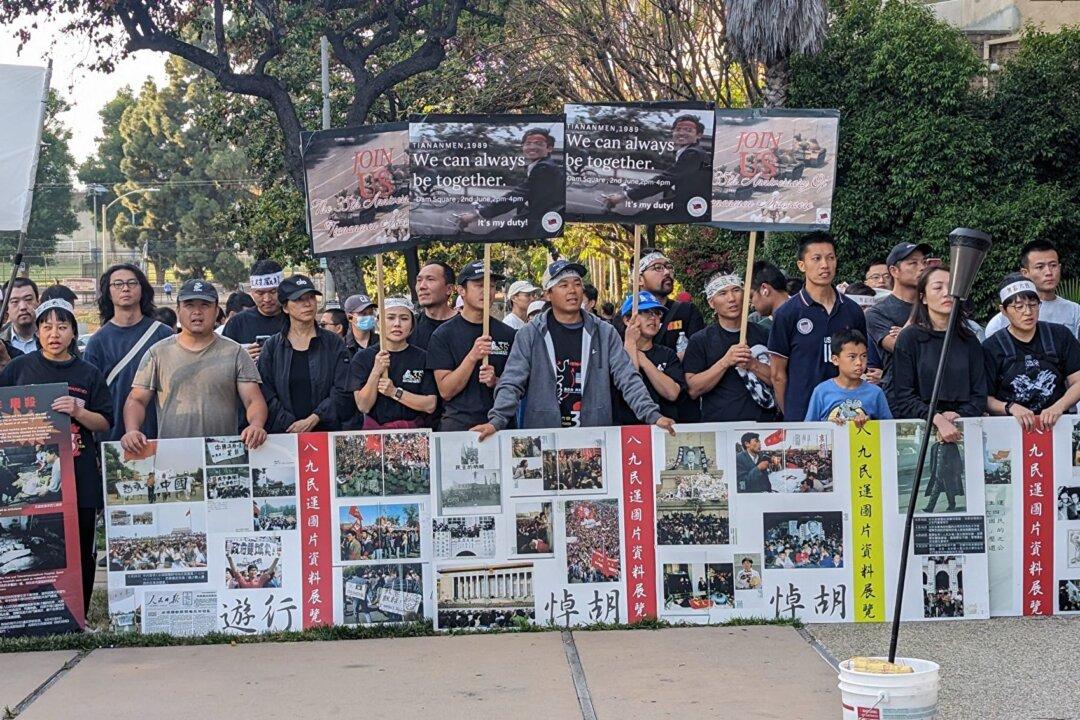More than 30 million elderly people aged 60-69 in rural China make a living through physical work. To them, there’s no retirement, said a Chinese demographer.

Farmers transplant rice seedlings on June 1, 2011, in Hubei Province. China’s Ministry of Human Resources and Social Security (MHRSS) made an announcement on June 5 that it will raise the retirement age for collecting pension payments. ChinaFotoPress/Getty Images



